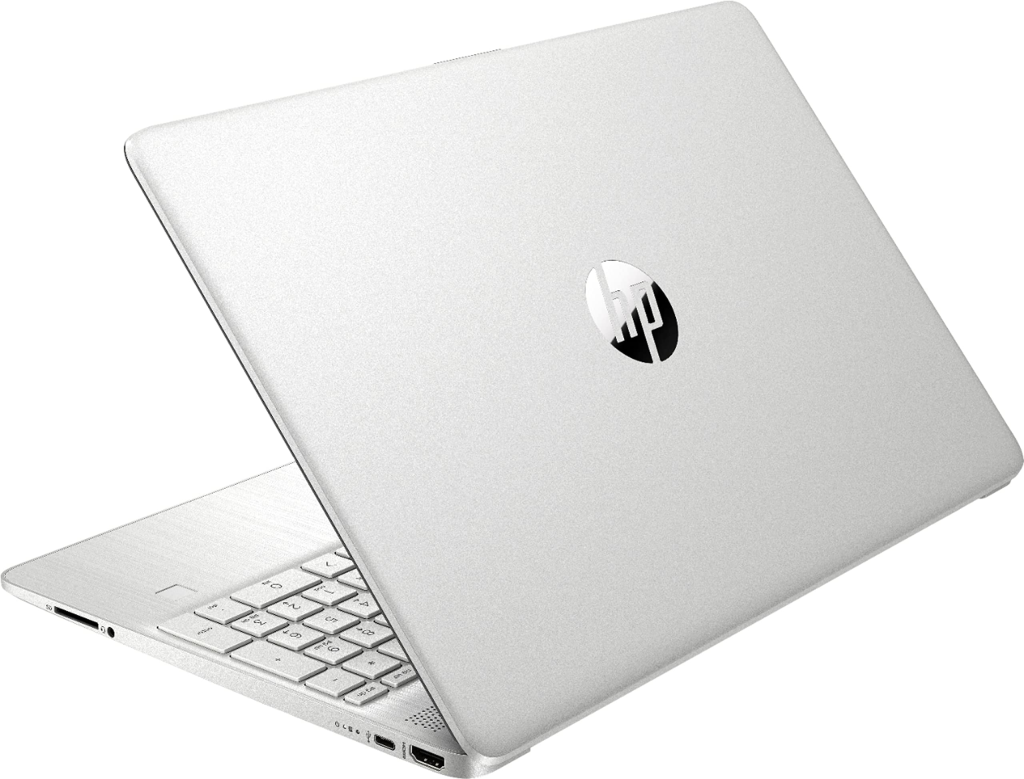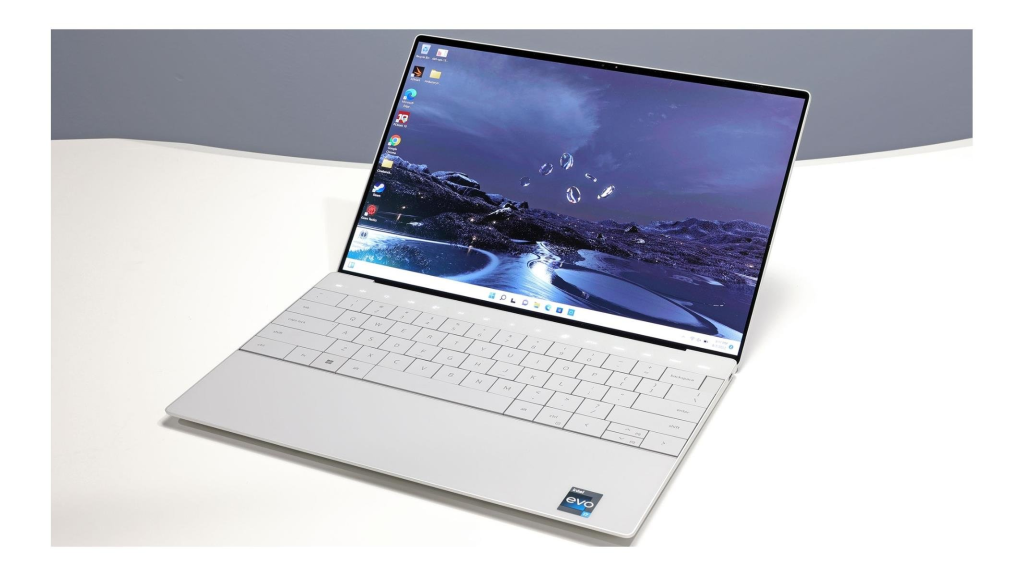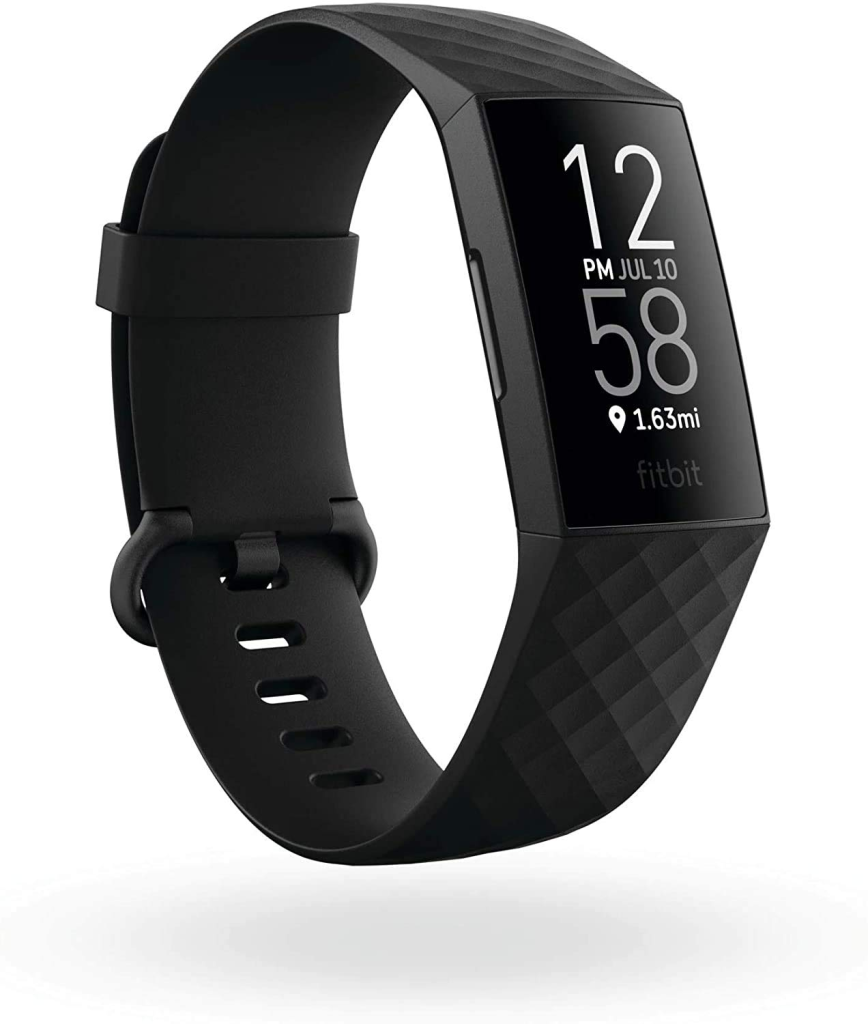
Understanding the Mavic Air Battery
The Mavic Air battery is the power source that keeps the compact drone airborne, enabling smooth flights and high-quality aerial shots. Also known as the DJI Mavic Air battery, it is designed with intelligent features that allow real-time monitoring of charge levels, temperature, and overall health. For drone enthusiasts, understanding how this battery works is essential to ensure safe and efficient flying sessions.
When to Consider a Mavic Air Battery Replacement
Over time, any rechargeable battery will lose capacity, and the same is true for the DJI Mavic Air. Signs that you may need a Mavic Air battery replacement include significantly reduced flight time, difficulty in holding a charge, or repeated warning signals during use. Replacing the battery not only restores longer flight sessions but also prevents the risks associated with power failures mid-air. Choosing a reliable replacement ensures that your drone continues to perform at its best.
The Role of the Mavic Air Battery Charger
Keeping your battery healthy depends heavily on how it is charged. The Mavic Air battery charger plays a crucial role in maintaining battery life, as it regulates the charging process to prevent overheating or overcharging. Pilots should always follow best practices, such as charging in a cool environment and avoiding constant overcharging. With proper care, the battery’s lifespan can be significantly extended, ensuring consistent performance.
Performing a Mavic Air Battery Reset
Occasionally, users may encounter software or charging issues with their drone power source. In such cases, a Mavic Air battery reset can help resolve errors and restore normal functionality. This process often involves draining the battery completely and recharging it fully, or performing a reset sequence to recalibrate the system. Knowing when and how to reset can prevent unnecessary replacements and keep the DJI Mavic Air running smoothly.
Tips for Maximizing Battery Performance
Beyond charging and replacement, proper usage habits make a big difference. Avoid flying in extreme temperatures, store the battery partially charged when not in use, and perform regular checks on its condition. By combining careful charging, occasional resets, and timely replacements, drone pilots can get the most out of their DJI Mavic Air battery and enjoy longer, safer flights.








